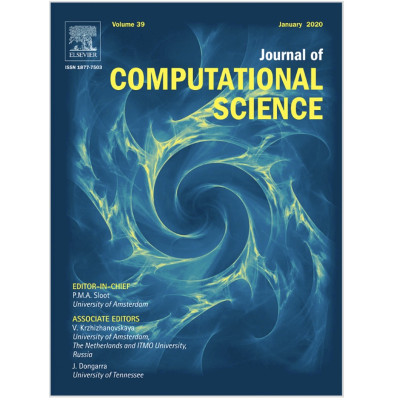Publication
Computational modelling and simulation of cancer growth and migration within a 3D heterogeneous tissue: The effects of fibre and vascular structure
C.K. Macnamara, A. Caiazzo, I. Ramis-Conde, M.A.J. Chaplain
Journal of Computational Science 40 (2020) 101067
MOLAB authors
Abstract
The term cancer covers a multitude of bodily diseases, broadly categorised by having cells which do not behave normally. Since cancer cells can arise from any type of cell in the body, cancers can grow in or around any tissue or organ making the disease highly complex. Our research is focused on understanding the specific mechanisms that occur in the tumour microenvironment via mathematical and computational modeling. We present a 3D individual-based model which allows one to simulate the behaviour of, and spatio-temporal interactions between, cells, extracellular matrix fibres and blood vessels. Each agent (a single cell, for example) is fully realised within the model and interactions are primarily governed by mechanical forces between elements. However, as well as the mechanical interactions we also consider chemical interactions, for example, by coupling the code to a finite element solver to model the diffusion of oxygen from blood vessels to cells. The current state of the art of the model allows us to simulate tumour growth around an arbitrary blood-vessel network or along the striations of fibrous tissue.















